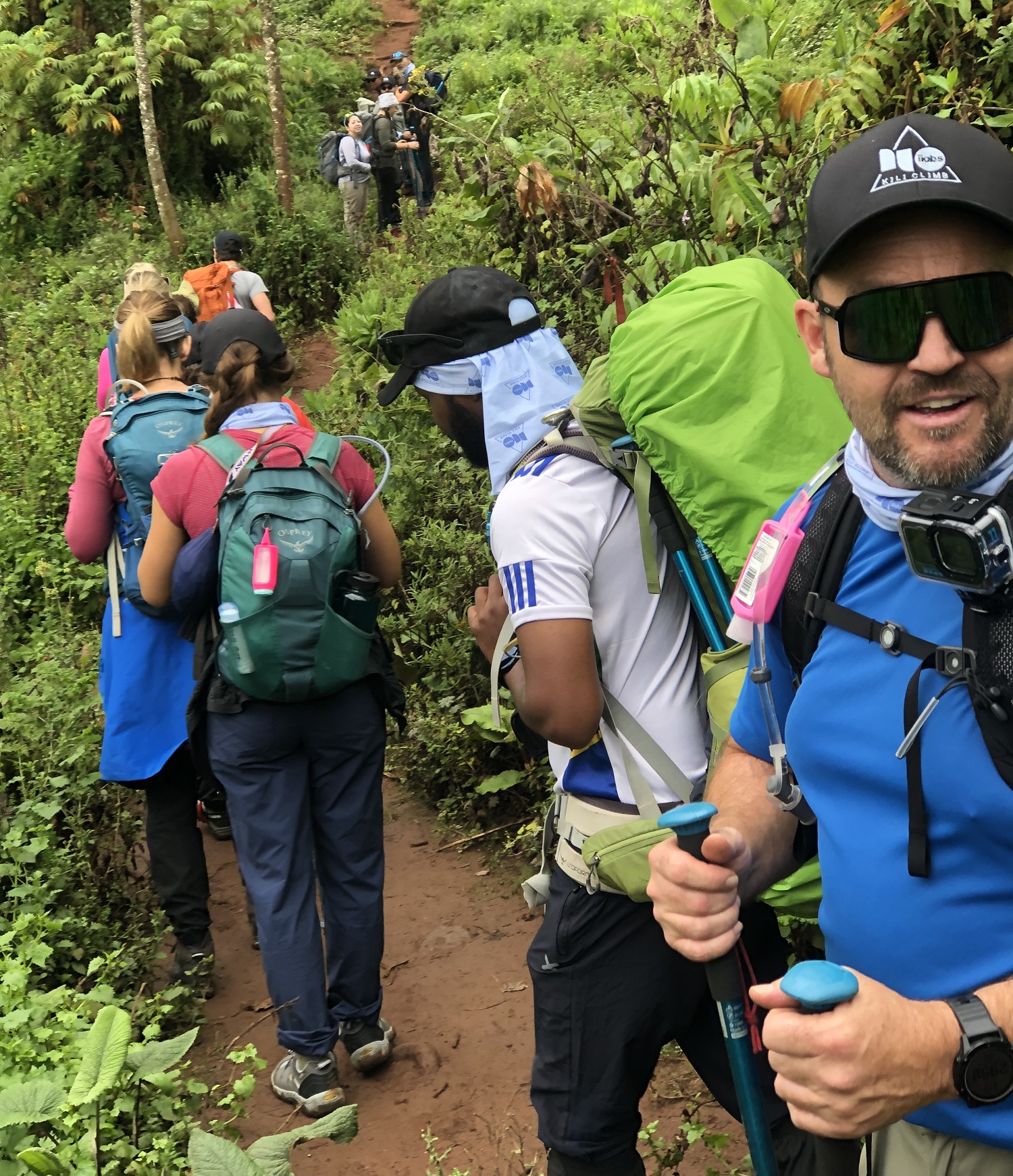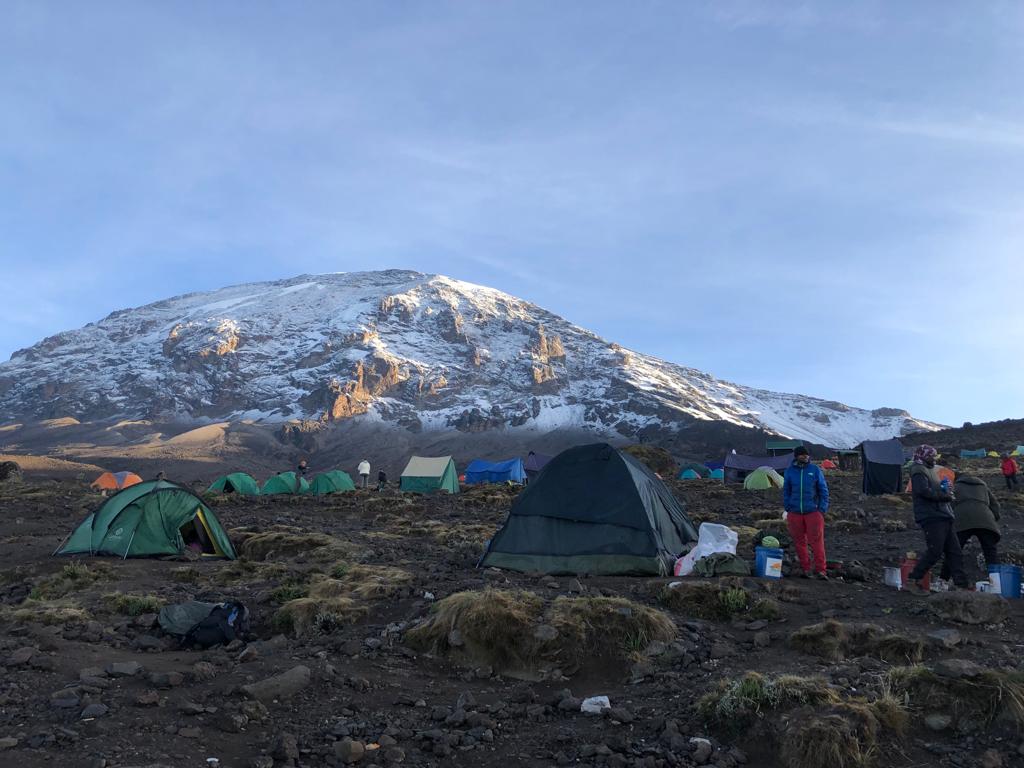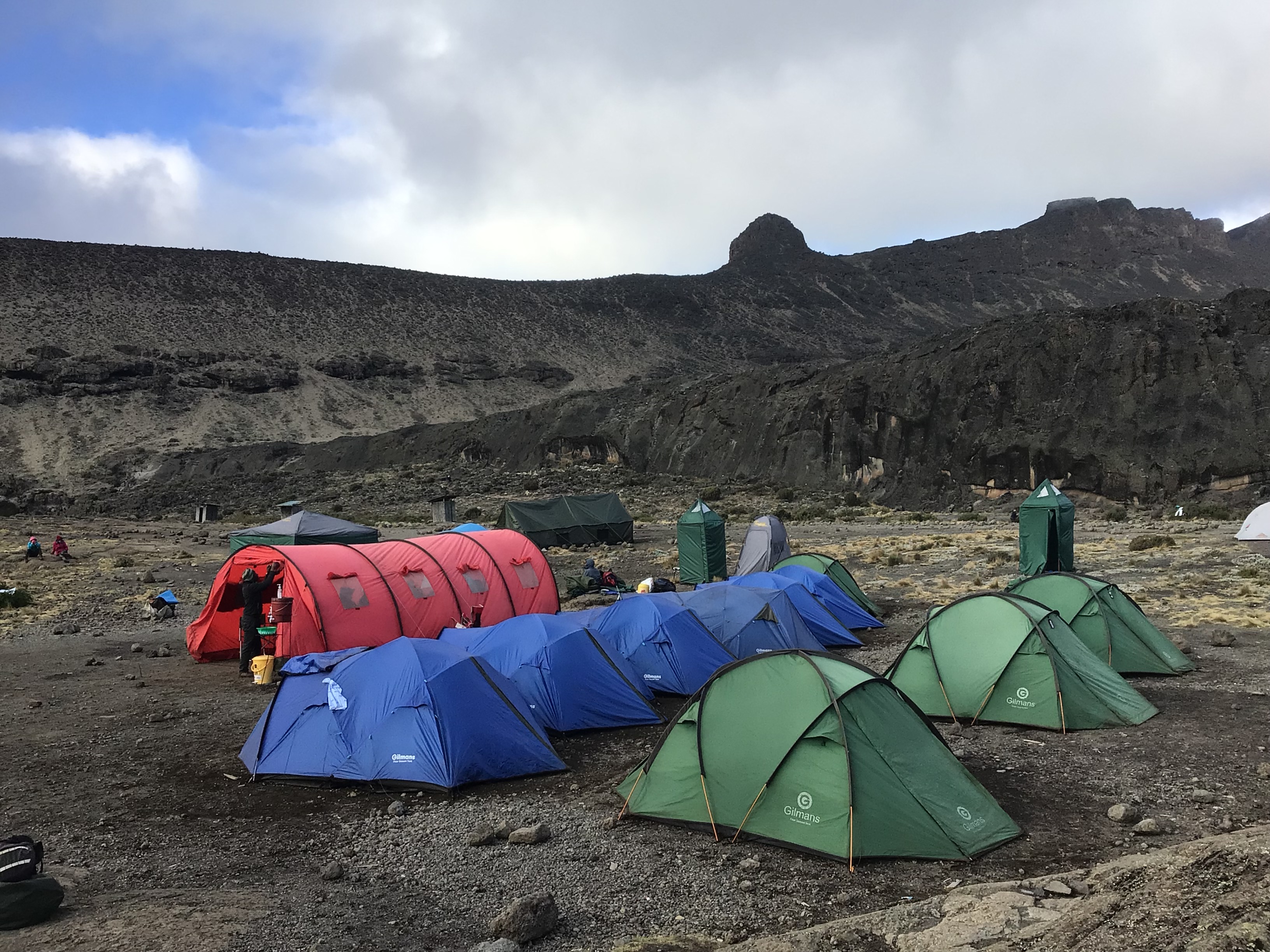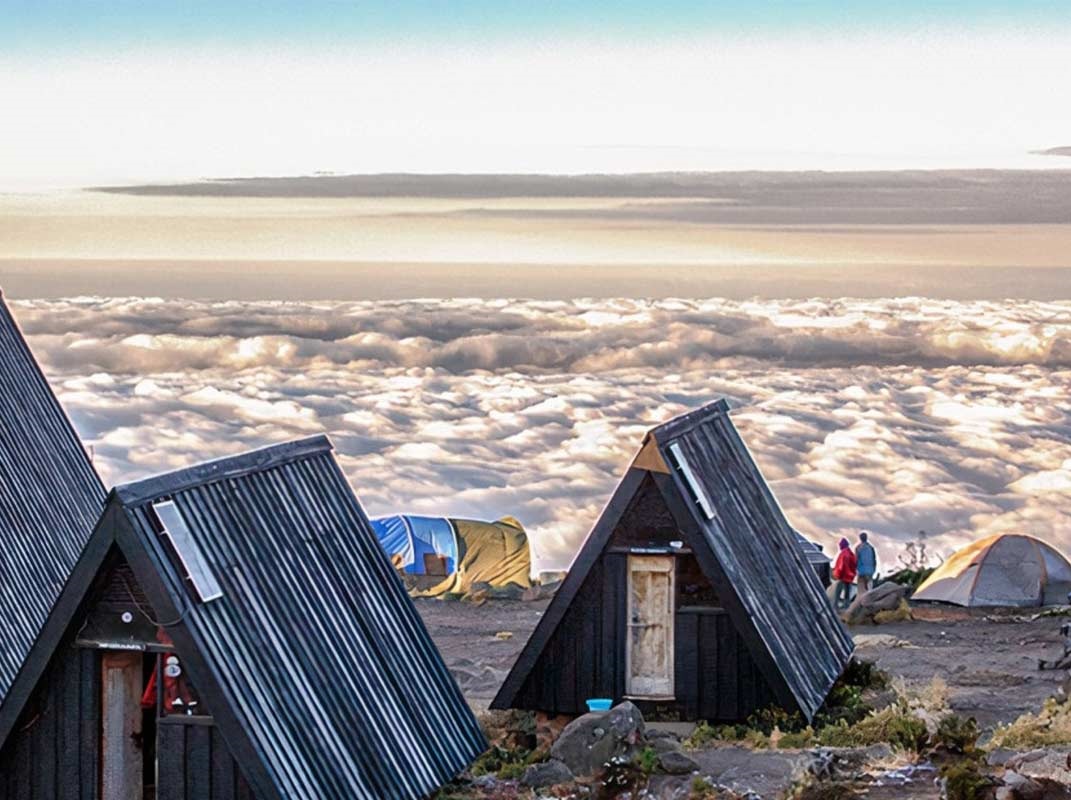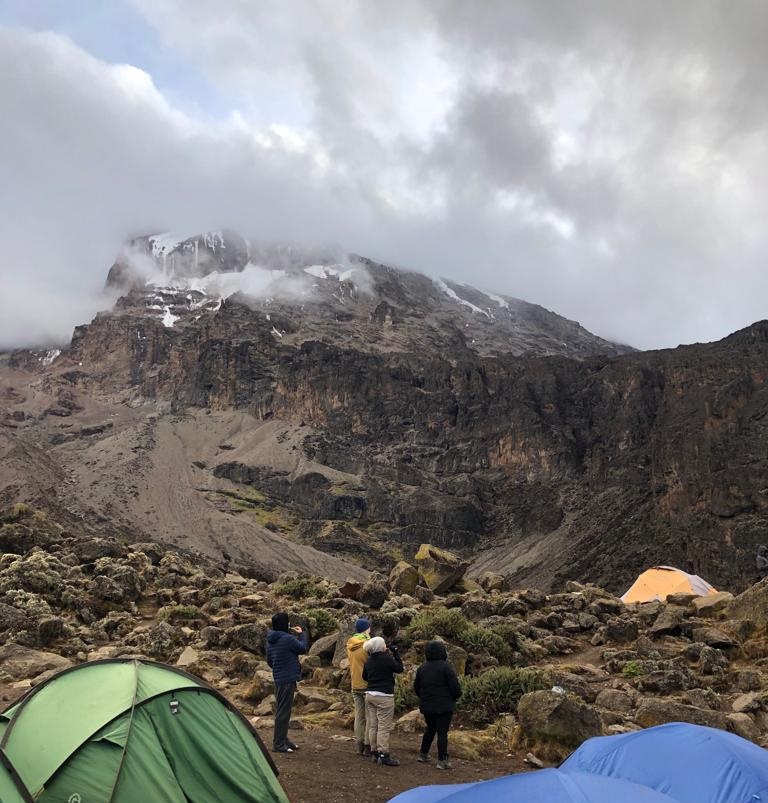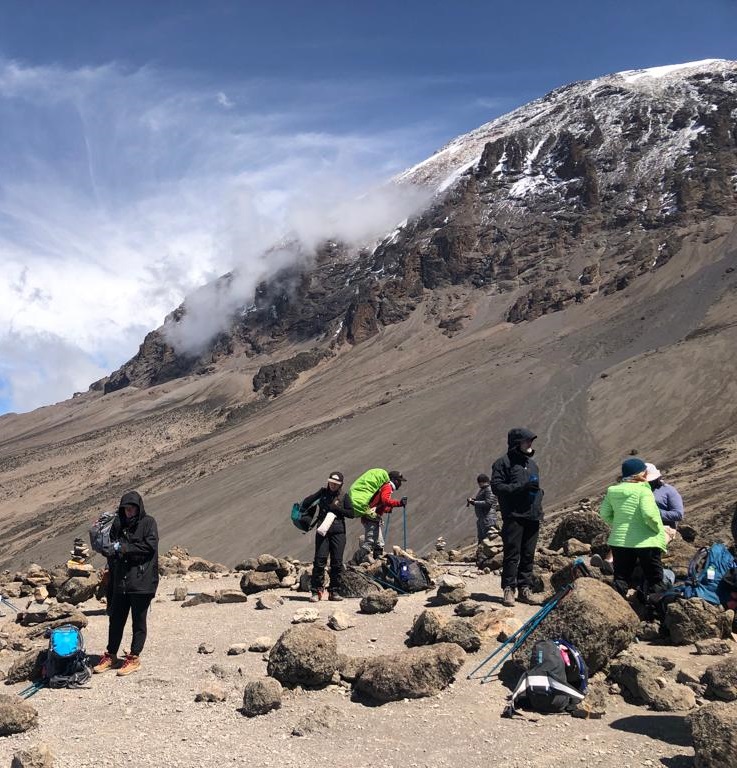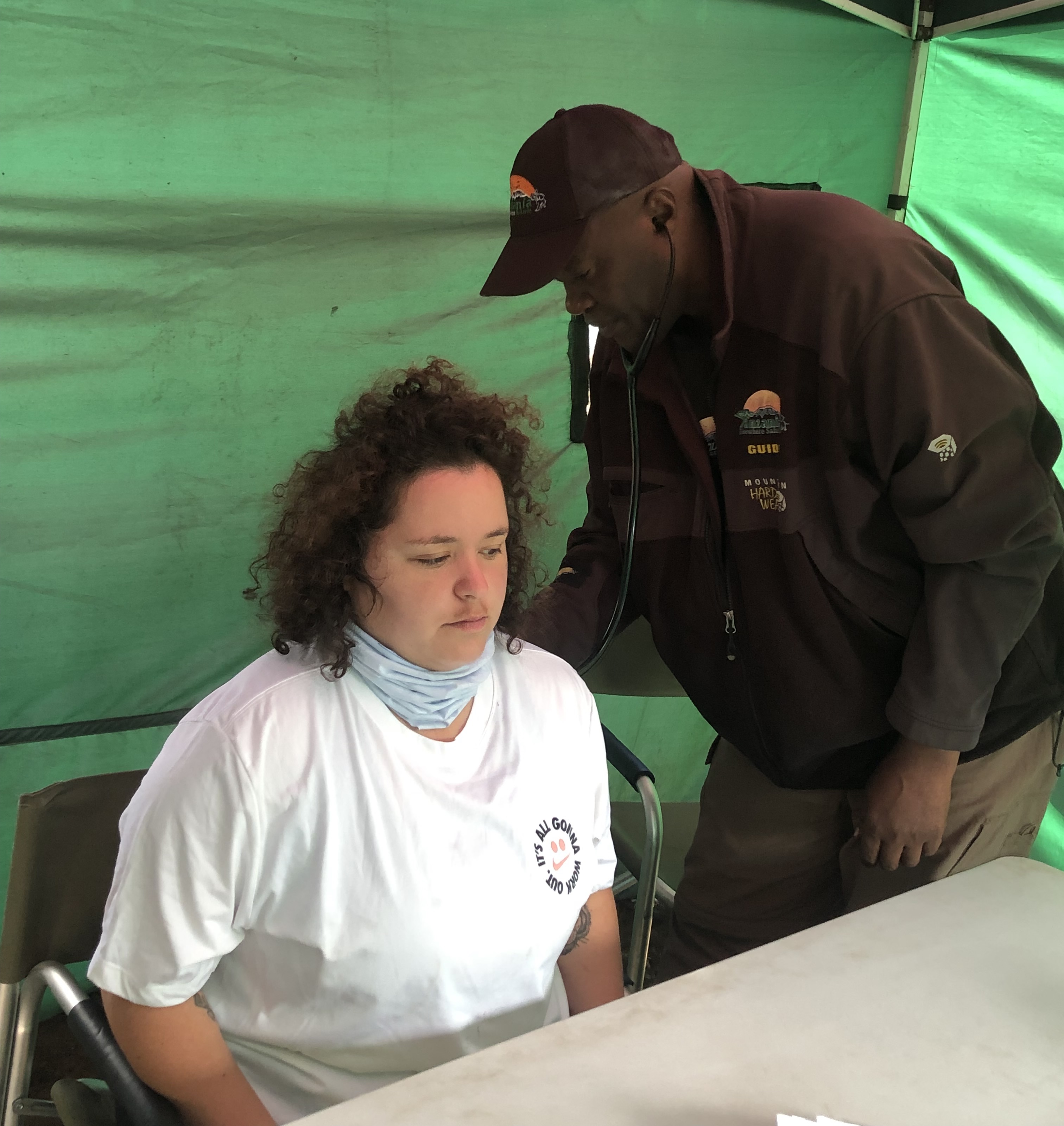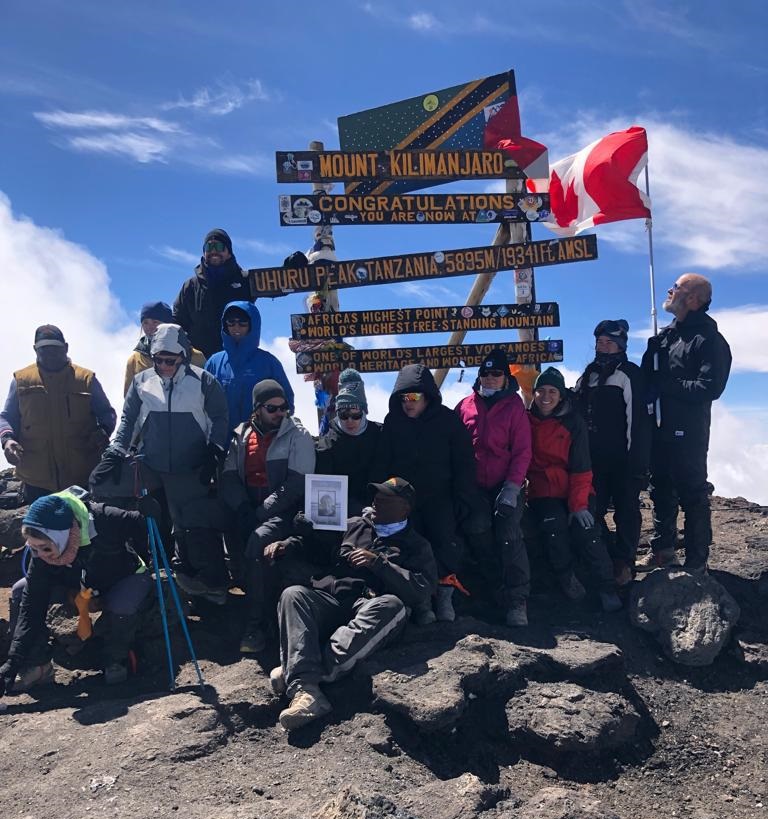Kilimanjaro Climbing Gear List
Climbing Mount Kilimanjaro is a physically demanding and highly rewarding adventure. Due to the mountain’s diverse climate zones—from humid rainforest to arctic summit—being properly equipped is essential for your safety, comfort, and success.
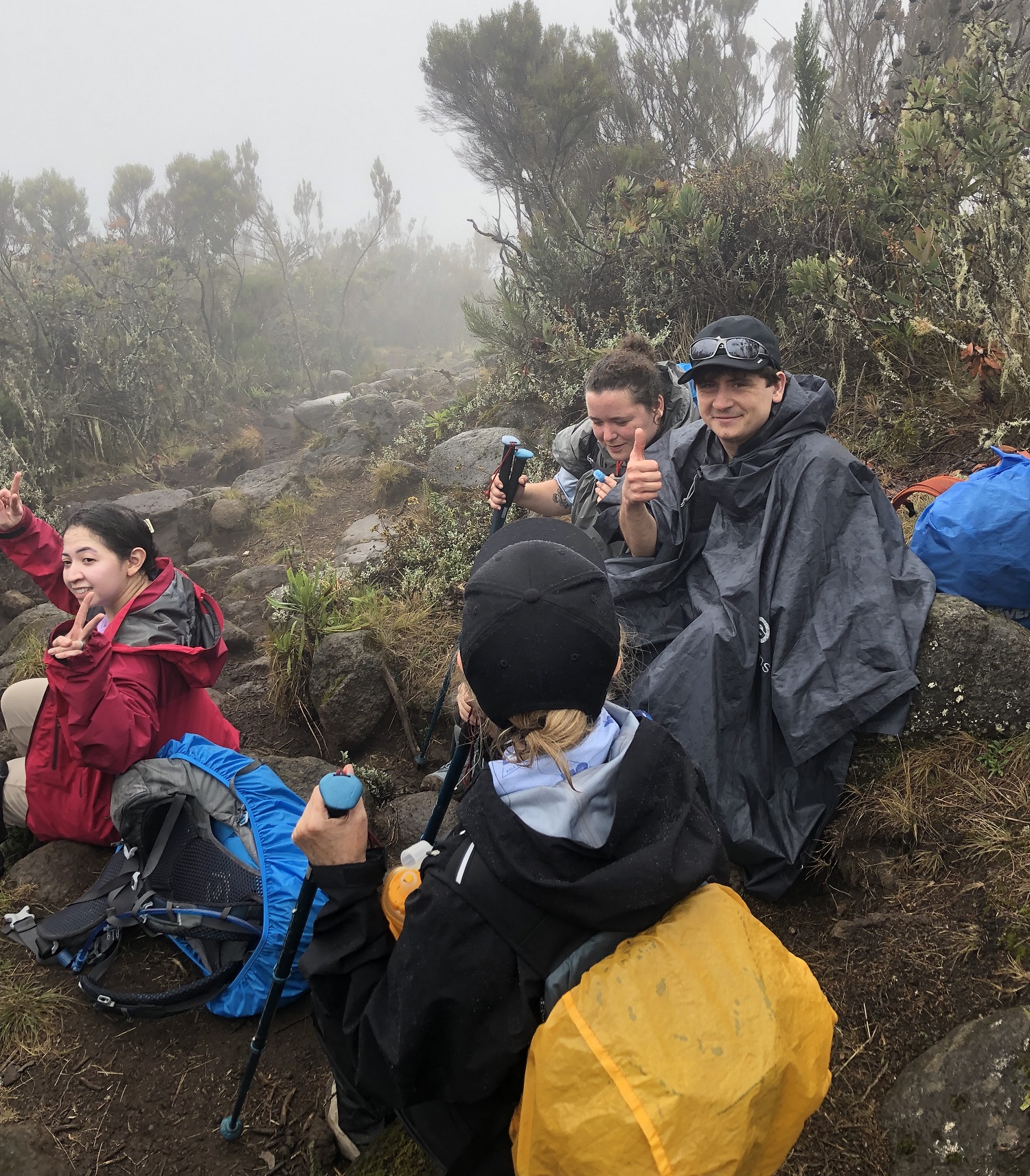
This gear list is designed for a typical guided trek and includes clothing, footwear, equipment, and personal items. It follows the layering principle to help you adapt to changing conditions. Items are grouped by category, with optional and highly recommended items clearly indicated.
Technical Clothing
These items form the core of your layering system for managing warmth, moisture, and weather conditions.
1 Rain Jacket – Waterproof, breathable, with hood
1 Winter Jacket – Insulated (synthetic or down), for cold summit nights
1 Trekking Jacket – Fleece or soft-shell for warmth during cooler days
2 Short-Sleeve Shirts – Lightweight, moisture-wicking, quick-dry
1 Long-Sleeve Shirt – Lightweight, moisture-wicking, quick-dry
1 Rain Trousers – Waterproof and breathable
1 Rain Poncho – Optional backup protection in heavy rain
1 Hiking Trousers – Durable and comfortable
1 Fleece Pants – Optional, adds warmth in high-altitude camps
3 Underwear – Moisture-wicking fabric recommended
1 Sports Bra – For women, comfortable and breathable
1 Shorts – Optional, for lower-altitude hiking or camp use
Headwear
Protect yourself from sun, cold, and wind exposure.
1 Brimmed Hat – For sun protection
1 Winter Hat – Warm, covers ears
1 Balaclava – Optional but recommended, protects face from wind, dust, and cold
Handwear
1 Pair Thin Liner Gloves – Light insulation for mild weather
1 Pair Winter Gloves – Warm, waterproof preferred for summit conditions
Footwear
Footwear must be durable, supportive, and suited to both hiking and camp life.
1 Pair Hiking Boots – Waterproof, broken-in, warm
4 Pairs Hiking Socks – Wool or synthetic, quick-dry
1 Pair Gym Shoes or Camp Shoes – Optional, for use around camp
1 Pair Gaiters – Optional, protect against mud, snow, and debris
Accessories
Essential gear for hydration, vision, and daily needs.
1 Pair Sunglasses or Snow Goggles – UV protection; goggles useful in summit conditions
2 Water Bottles – 1-liter capacity each
1 Water Bladder – 2-liter capacity, for easy access during hikes
1 Lightweight Towel – Optional, quick-dry microfiber recommended
1 Pee Bottle – Optional, convenient for night use
3 Dry Bags – Optional, to organize and protect gear inside your duffel
1 Backpack Cover – Optional, waterproof, fits your daypack
Additional Equipment
Your trekking and camping essentials.
1 Headlamp – With extra batteries, essential for early starts and summit night
1 Duffel Bag (90–120L) – Carried by porters (max 15 kg limit)
1 Daypack (30–36L) – Carried by you (max 10 kg), should include essentials
1 Sleeping Bag – Four-season, rated for sub-zero temperatures
1 Sleeping Bag Liner – Optional, adds warmth and keeps bag clean
1 Camp Pillow – Optional, inflatable or compressible
1 Pair Trekking Poles – Highly recommended, collapsible for ease of packing
Other Essentials
Small personal items for hygiene, comfort, and energy.
Sunscreen (SPF 30–50) – Highly recommended
Lip Balm with SPF – Highly recommended
High-Energy Snacks – Highly recommended, such as bars, trail mix, dried fruit
Wet Wipes – Recommended, for personal hygiene
Insect Repellent (with DEET) – Optional, useful at lower altitudes
Electrolyte Powder or Tablets – Optional, for hydration balance
Camera + Extra Batteries – Optional, keep batteries warm to preserve charge
Personal Toiletries – Optional, travel-size preferred
Prescriptions + Personal Medications – Optional, but necessary if applicable
Personal First Aid Kit – Optional, guides usually carry a communal one
Hand Sanitizer – Optional, for hygiene on the trail
Toilet Paper – Optional, bring your own supply
Documents & Paperwork
Keep these documents in a waterproof pouch or folder.
Trip Receipt – Proof of booking
Passport – Valid for at least 6 months
Visa – Available on arrival for most nationalities
Immunization Papers – Yellow fever proof if arriving from a risk country
Travel Insurance – Must cover high-altitude trekking (up to 6,000m)
